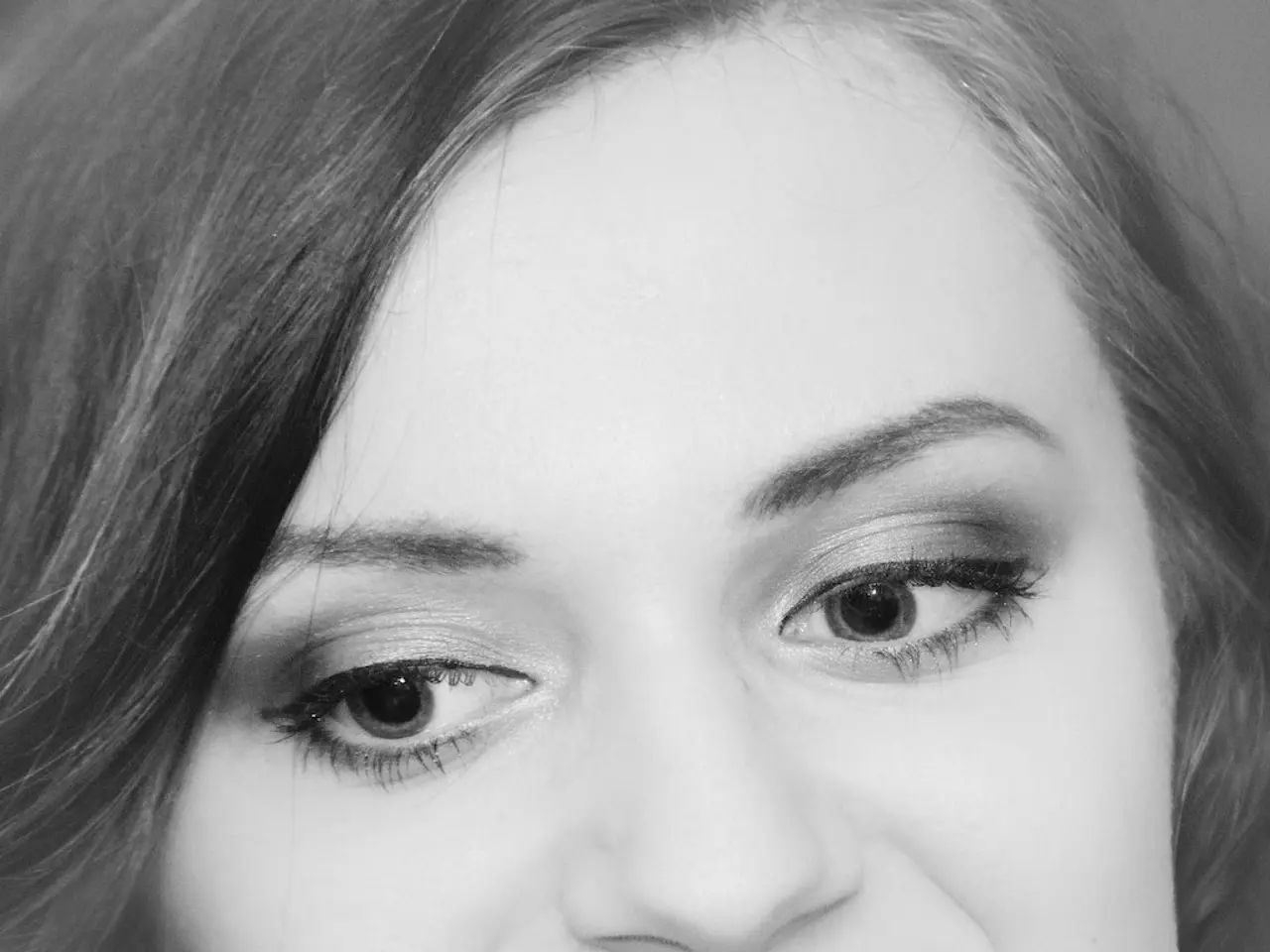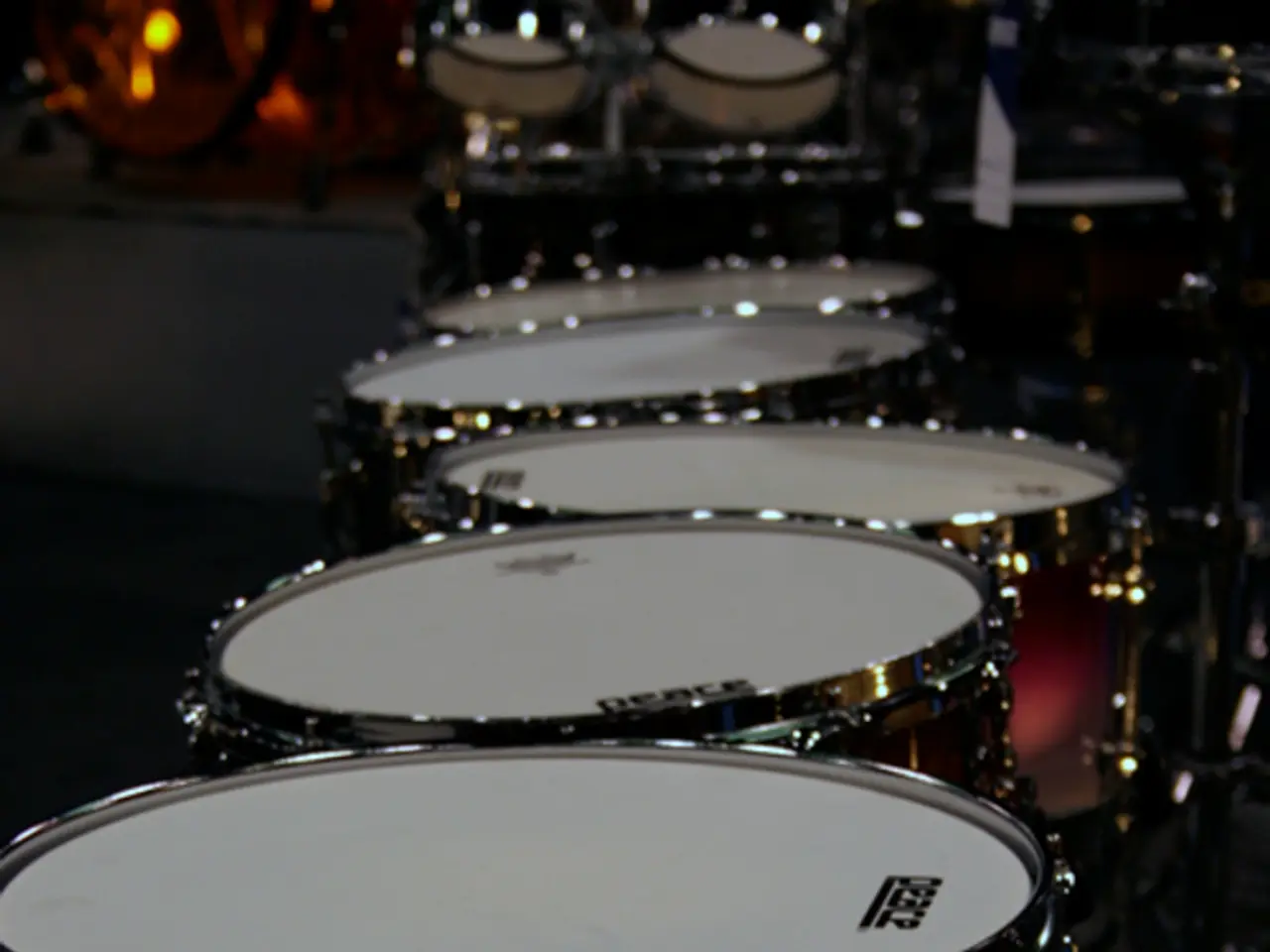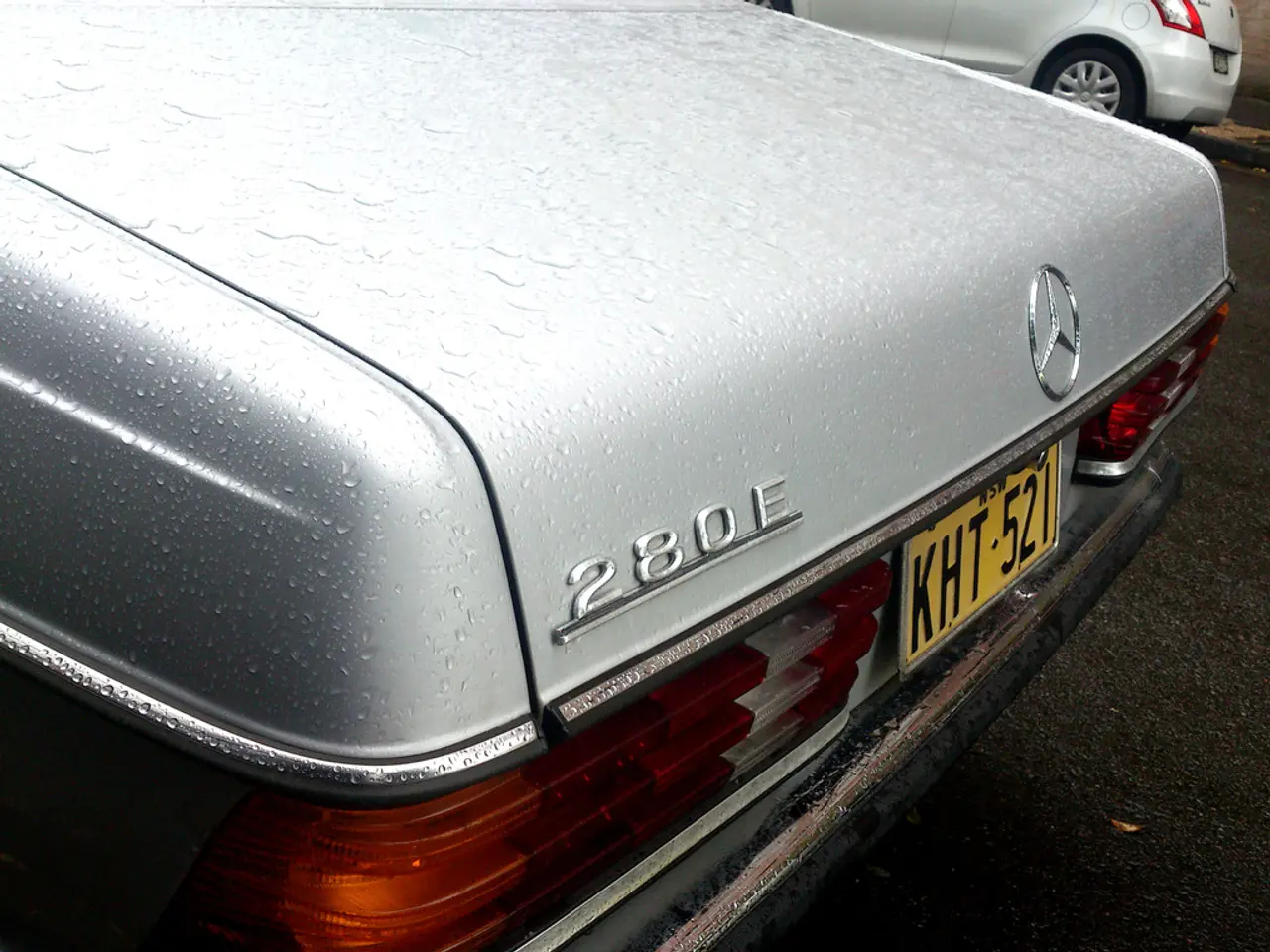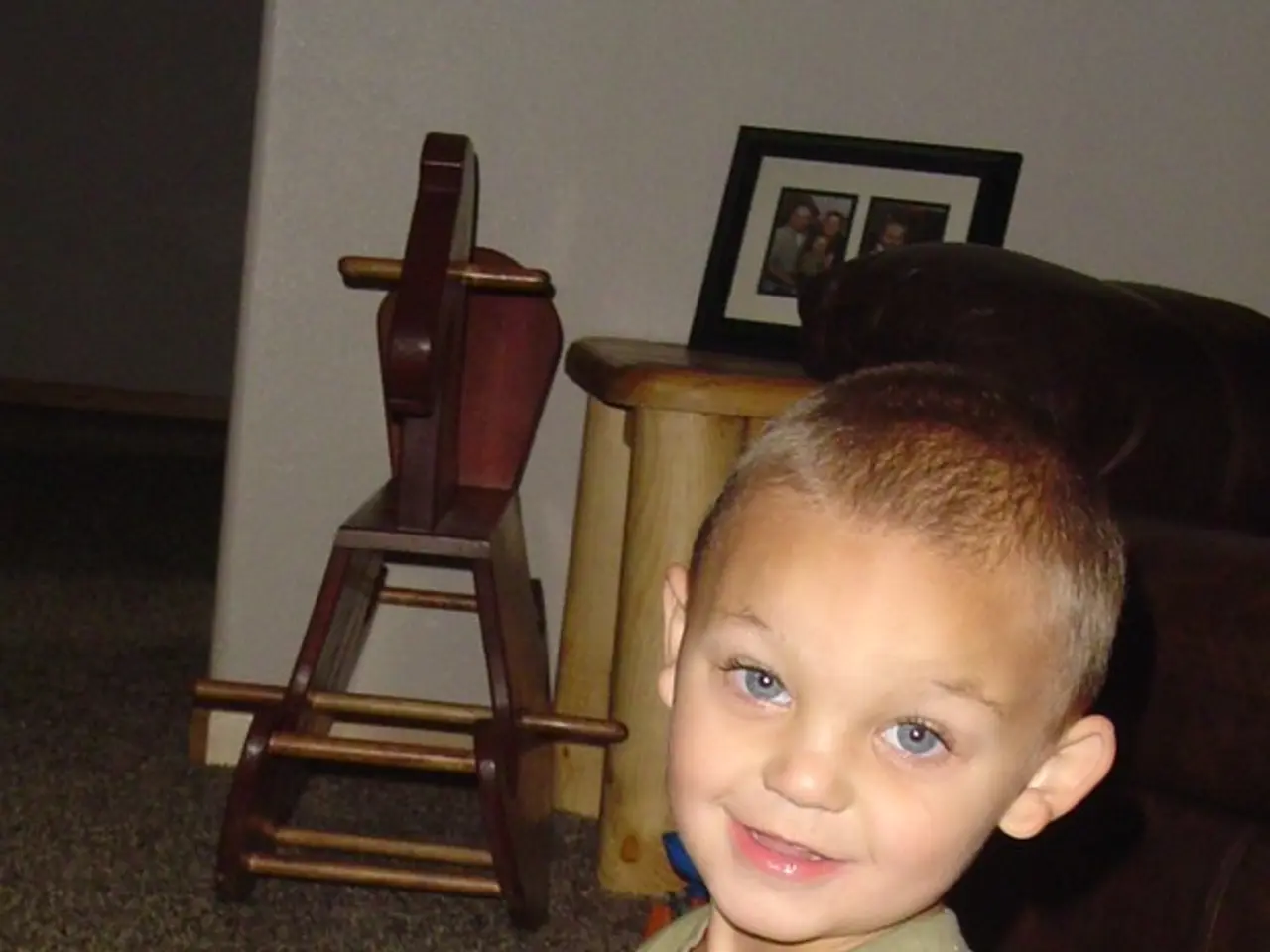Artificial Faces Capture Focus More Effectively Than Real Eyes
The University of Surrey's latest study, published in the journal i-Perception, sheds light on an intriguing aspect of human perception that could revolutionise product advertising. The study, led by researcher Di Fu, explores the phenomenon of face pareidolia, revealing that our brains respond strongly not only to real faces but also to face-like patterns in objects [1].
This finding suggests that using face-like designs in product advertising could be an effective way to capture and direct consumer attention. By evoking the holistic impression of a face, advertisers can potentially make their products more memorable. This is because the brain processes these imagined faces based on their overall structure, rather than just individual features like eye direction [1].
Practically, advertisers can leverage this by incorporating face-like patterns into logos, packaging, or promotional images. Emphasising eye-like features within product designs or advertisements can also guide viewers’ attention naturally. By creating a memorable visual impression, brands can enhance their recognition and recall [1].
The study compares the effects of face-like objects and averted gaze faces on attentional shifts, revealing that both types of stimuli can elicit attentional shifts, but the mechanisms differ. The study advances the understanding of the processing mechanisms underlying the perception of face-like objects, providing a theoretical foundation for future investigations into the broader applications of face-like stimuli in human perception and attention [1].
In summary, the key practical application is that face pareidolia can be harnessed as a strategic visual tool in advertising to enhance consumer attention and product memorability by exploiting the brain’s natural tendency to detect face-like structures [1]. This discovery opens up exciting possibilities for advertisers seeking innovative ways to engage their audience and leave a lasting impression.
References: [1] Fu, D., et al. (2022). How face-like objects and averted gaze faces orient our attention: The role of global configuration and local features. i-Perception, 13(1), 1-11.
- The breakthrough in neuroscience revealed by Di Fu's study at the University of Surrey could transform product advertising, as our brain responds strongly to both real faces and face-like patterns.
- Leveraging face pareidolia in advertising could potentially make products more memorable by creating a holistic impression of a face, based on the brain's overall processing.
- Future advertisers can utilize face-like designs in logos, packaging, or promotional images, and emphasize eye-like features to guide viewer attention and improve brand recognition.
- Recent advancements in the study of face-like objects suggest that both face-like objects and averted gaze faces can elicit attentional shifts, albeit through different mechanisms.
- The findings from this neuroscience news could revolutionize the advertising industry by offering unique ways to engage audiences and leave a lasting impression, possibly through the strategic implementation of face-like stimuli in health-and-wellness, fitness-and-exercise, mental-health, nutrition, technology, and artificial-intelligence sectors.




